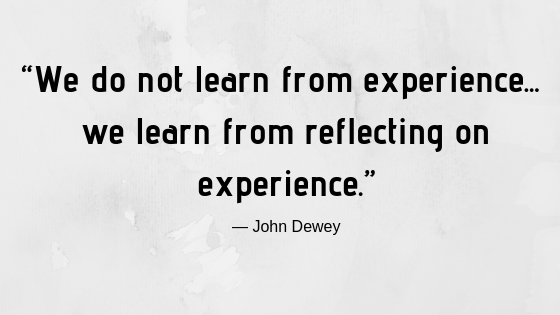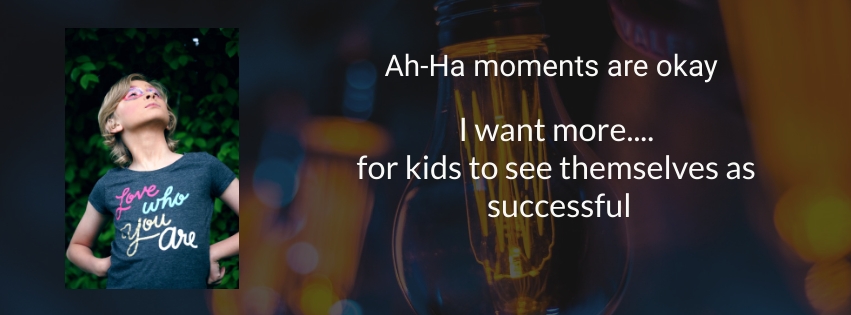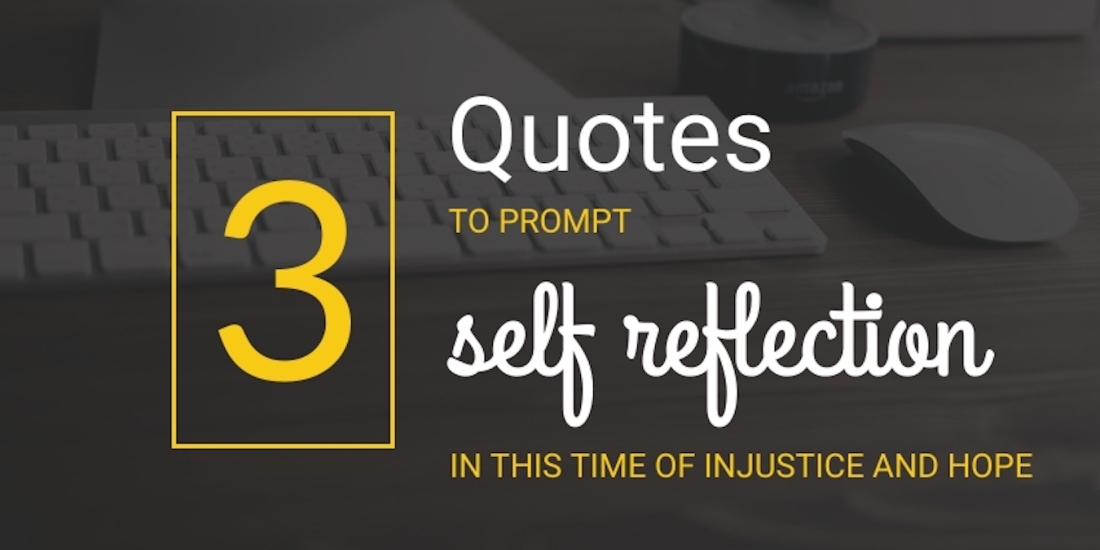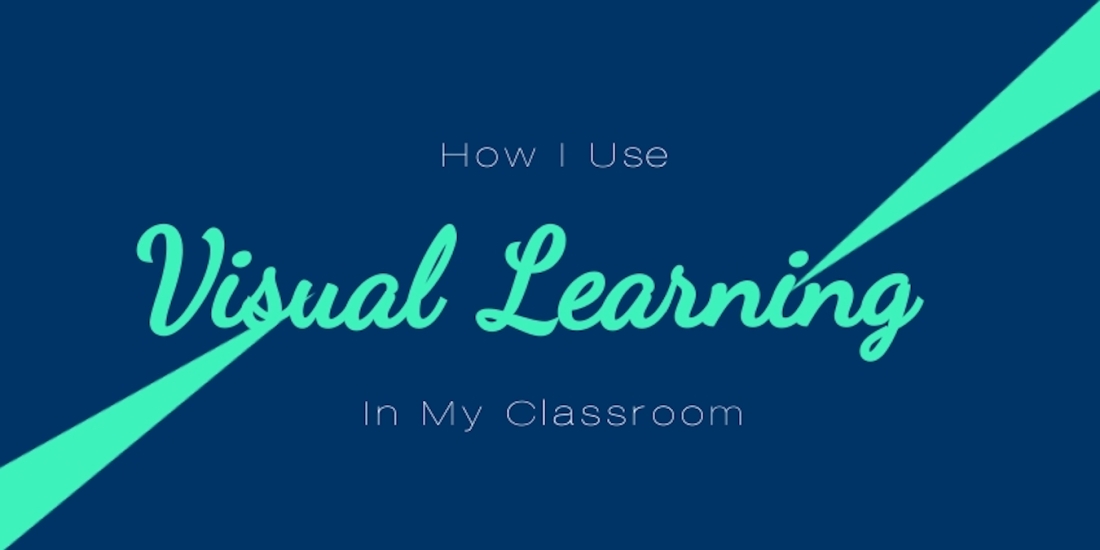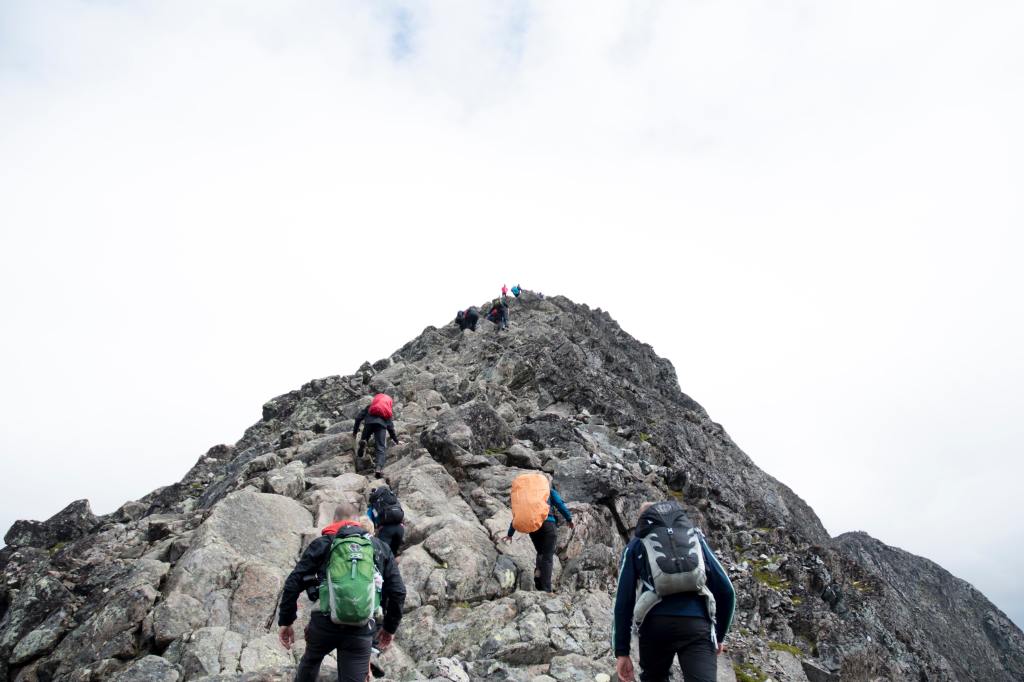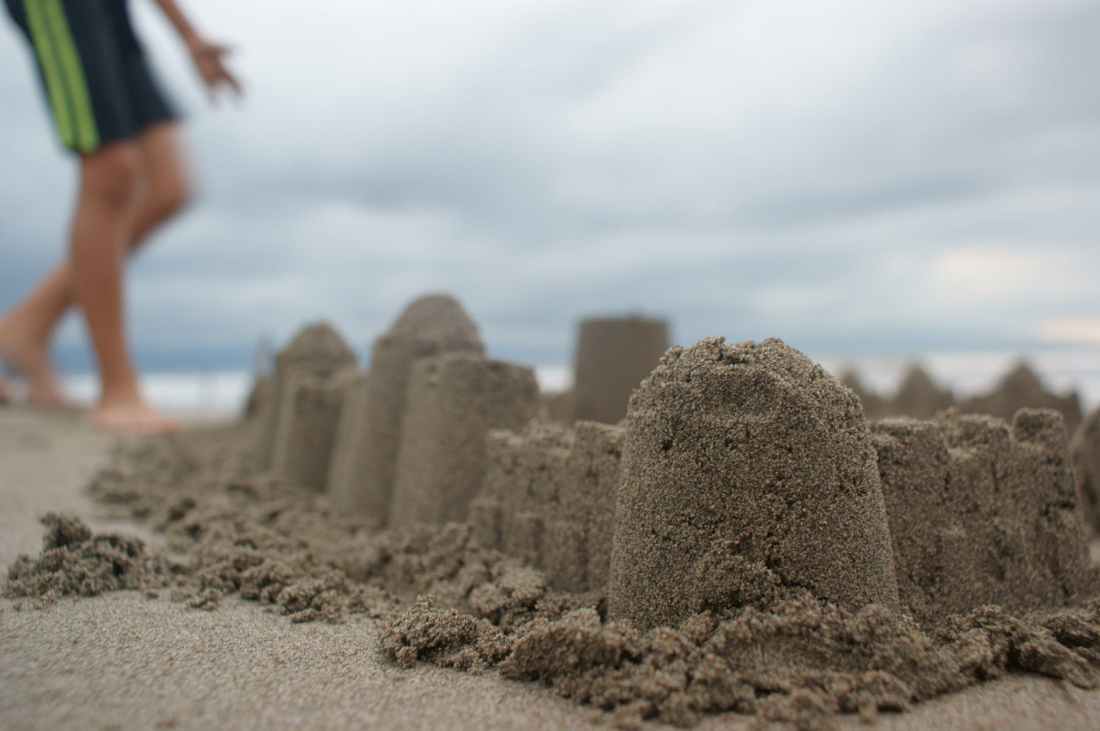With schools opening shortly, there is so much unknown. Will we be meeting students for in-person teaching and learning? Will we be teaching remotely – and if we are will all students have devices? and access to the Internet? What will a hybrid model look like? As a classroom teacher, the best I can do is support decision-makers, provide suggestions when asked, and prepare for an unprecedented journey into what will surely be a historic school year.
I take comfort in knowing that I am not alone in this. Every teacher in the world has been faced with these same thoughts and tough decisions. Education is my purpose. Not simply gathering children in a classroom and imparting my knowledge of science to them, educating the individuals with whom I have the privilege of crossing paths.
While I do not know everything, there are some things that I do know.
The human race is resilient.
People want to be heard.
Trust is the most important factor in a classroom.
Every family wants what is best for their children.
Years of research and repeated studies have shown that parent/family involvement leads to student success. Parents will be concerned about their children and want to know that you understand their situation, their needs, hopes for their child.
Just as teachers feel as though our work needs to be supported at home, parents feel that their beliefs, culture, and hopes for their child need to be supported in the classroom.
So let’s start there.
What is your plan for connecting with families this year?
What tools do you have at your disposal to ensure that you are reaching the family of each student regardless of their access to and ability to use technology?
For myself, I prefer email. I can send messages to multiple parents at the same time and create lists to save time. This will not work for every family so I also use Google Voice. Using these 2 tools, I was able to successfully connect with the majority of families during the COVID shutdown. Other families preferred Zoom calls, Facetime, and paper mail.
Once you’ve connected with parents what are you going to say?
What information will you need from them?
How will you find out what they need from you?
Start a dialogue. I have found that asking parents & guardians to tell me about their children has improved my ability to connect with them. Simply calling and introducing myself and saying “please tell me about [inset child’s name]”, listening, and taking notes has been a game-changer for me. Remember, people want to be heard & families always want what is best for their children. This is not the time to explain classroom routines and requirements. I just listen, ask clarifying questions, and ensure that my interest is evident as I gather information about how I can support their goals for their child.
Next, find out what families do at home to support learning. In “Beyond the Bake Sale: The Essential Guide to Family-School Partnerships, the authors outline specific information to gather from home (linked below). The most impactful thing that I remember from reading this book has been that some families inadvertently exclude themselves from activities and decision-making processes. An important action to eliminate this exclusion is to extend personal invitations to each family to attend school functions. Simply reaching out to disenfranchised families can make a difference in the achievement of a child.
No matter how we return to school this year, we can be sure that establishing relationships will be essential. For this reason, I am not completely terrified of the unknown. I am confident because family-school partnerships will be the foundation that my classroom is build upon.
https://www.education.ne.gov/wp-content/uploads/2017/07/Family_Engagement_Surveys.pdf
Henderson, A. T., Mapp, K. L., Johnson, V. R., Davies, D. (2007). Beyond the bake sale: The essential guide to family-school partnerships. New York: New Press.
